The colder months are all about layering in all the warm layers one can find. But isn’t it challenging to layer as well as look stylish at the same time? We would definitely want that when you step outside your place, all looks are on you. For this reason, we found the best Cashmere wraps in the world. Not only are these wraps super warm, soft, and comfortable to wear, but exceptionally stylish and trendy. These versatile wraps keep you bundled up for the winter season, and you do not need to wear extra layers of heavy winter apparel.
We chose Cashmere as it is the softest and the most luxurious fibre in the world today. We compared all wool types like merino, alpaca, sheep wool, and others, but found Cashmere to be the ideal companion for winters and other colder days. Fine, lightweight, warm, and super easy to carry, Cashmere wraps are the ultimate winter essential that your wardrobe is craving.
What is Cashmere?
Cashmere is a fine variety of wool that grows over a Capra Hircus goat found in the Himalayas. The goat is a rare kind and is found in just a few places in the world. These goats produce high-quality, fine wool as an undercoat. This is removed from their bodies naturally in the moulting season, and collected. It is processed to be converted to fabric, which in turn becomes a wrap, a shawl, or a scarf. This is the making of a Cashmere wrap, which is fine, soft, smooth, warm, and lightweight.
The Timeless Cashmere
Cashmere wraps have long been celebrated for their unparalleled softness, warmth, and elegance, making them a symbol of luxury across the globe. Derived from the fine undercoat of cashmere goats, particularly from regions like Mongolia, Kashmir, and Ladakh, this rare fiber is renowned for its delicate texture and exceptional insulating properties. Unlike regular wool, cashmere is incredibly lightweight yet provides remarkable warmth, making it ideal for both cool evenings and harsh winters.
The allure of cashmere is not just in its feel but also in its timeless appeal. Cashmere wraps are versatile pieces that can elevate any outfit, adding a touch of sophistication and grace. Whether draped over a formal gown for an evening event or casually layered over a sweater, a cashmere wrap instantly enhances one's look with effortless elegance.
Over the years, cashmere has become synonymous with luxury fashion, and its popularity has only grown. Celebrities, fashion icons, and everyday style enthusiasts all covet this exquisite material. However, not all cashmere is created equal. The quality of cashmere wraps can vary significantly depending on factors like the origin of the wool, the craftsmanship involved, and the production methods used.
As demand for cashmere continues to rise, the market has been flooded with options, from mass-produced wraps to artisanal creations. The question arises: who makes the best cashmere wraps? So, let's explore what defines the finest cashmere wraps, highlight the top regions and artisans behind them, and offer tips on how to choose the perfect piece for your collection
Which is the best Cashmere wrap?
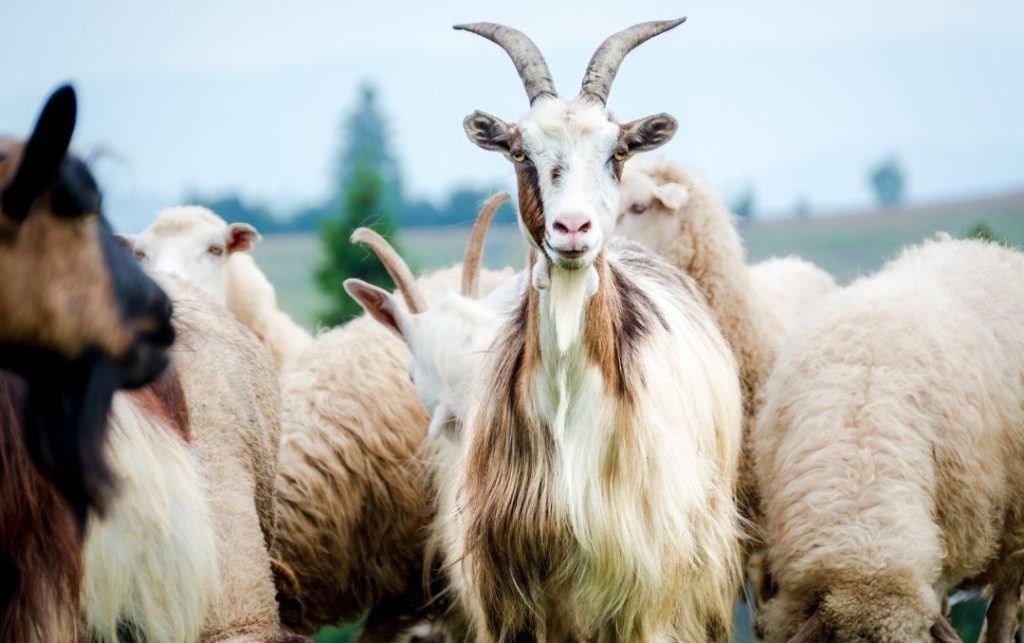
Although all types of Cashmere wraps are the best, the best Cashmere comes from the Ladakhi Capra Hircus. Ladakh lies to the north of India and houses this rare Ladakhi Capra Hircus goat. The goat grows the finest Cashmere as an undercoat just before the winter season. The fleece keeps it warm for winter, but as soon as Spring arrives, it starts weakening and comes off the body by itself. Summer season witnesses the goats completely wool-free, with a few chunks left on their body. These too, are gently combed off from their bodies by specialists, and hence the entire quantity of Cashmere is saved, packed, and sent to Kashmir for processing.
The wool arrives at Kashmir, and is first cleaned, and rid of animal wastes, dust, dirt, guard hair, etc. Then the wool is spun with the help of spinning wheels which converts it to fine yarn. Yarn is handwoven to wraps, shawls, scarves, and fabric. This Cashmere wrap is considered the best all over the world. Acquired from Ladakh and processed in Kashmir, these Cashmere wraps are the finest quality wraps in the world.
What Defines Quality in Cashmere Wraps?
The quality of a cashmere wrap is determined by several key factors that distinguish premium pieces from lower-grade options. Understanding these elements can help you choose a wrap that offers both luxury and durability.
Fiber Length and Thickness
One of the primary indicators of cashmere quality is the length and thickness of the fibers. High-quality cashmere is made from long, fine fibers that measure between 34 to 36 millimeters. These longer fibers not only produce a softer, smoother fabric but also reduce pilling, ensuring the wrap retains its appearance over time. Shorter fibers, often found in lower-quality cashmere, result in a coarser texture and are more prone to pilling.
Softness and Fineness
Cashmere’s renowned softness comes from its ultra-fine fibers, which are significantly thinner than regular wool. A finer fiber creates a plush, luxurious feel that’s soft against the skin. The best cashmere is typically sourced from the undercoat of the cashmere goat, with fibers as thin as 12 to 15 microns in diameter. The finer the fibers, the softer and more luxurious the wrap feels.
Craftsmanship
Beyond the quality of the raw material, craftsmanship plays a crucial role in defining a high-quality cashmere wrap. Hand-spinning and hand-weaving techniques, passed down through generations of artisans, result in wraps with superior detail and finish. Skilled artisans can create intricate patterns and designs, adding a unique touch to each piece.
History of Ladakhi Cashmere Wraps
Cashmere wraps in Kashmir were discovered in the 15th century when a Saint from Persia visited the valley for religious purposes. It was he who discovered the fleece on Ladakhi goat, on his visit to Ladakh. Realizing its finesse and warmth, he ordered a pair of socks to be made out of it. The socks were presented to the then king of Kashmir, who was highly impressed by the quality of these and ordered the setting up of processing units of Cashmere. This was done, and since then, Cashmere has been procured from Ladakh, processed in Kashmir, and sold all over the world.
Who makes the best Cashmere?
As mentioned earlier, it is the Cashmere wraps from Kashmir which are considered the finest of all. Here are a number of reasons why wraps from Kashmir have beaten all counterparts and emerged as the winner, as far as winter accessories are concerned.
Choosing the Best Cashmere Wrap for You
When choosing the best cashmere wrap, several key factors can help ensure you’re investing in a high-quality, luxurious piece that will stand the test of time.
Cashmere Wraps are immensely warm
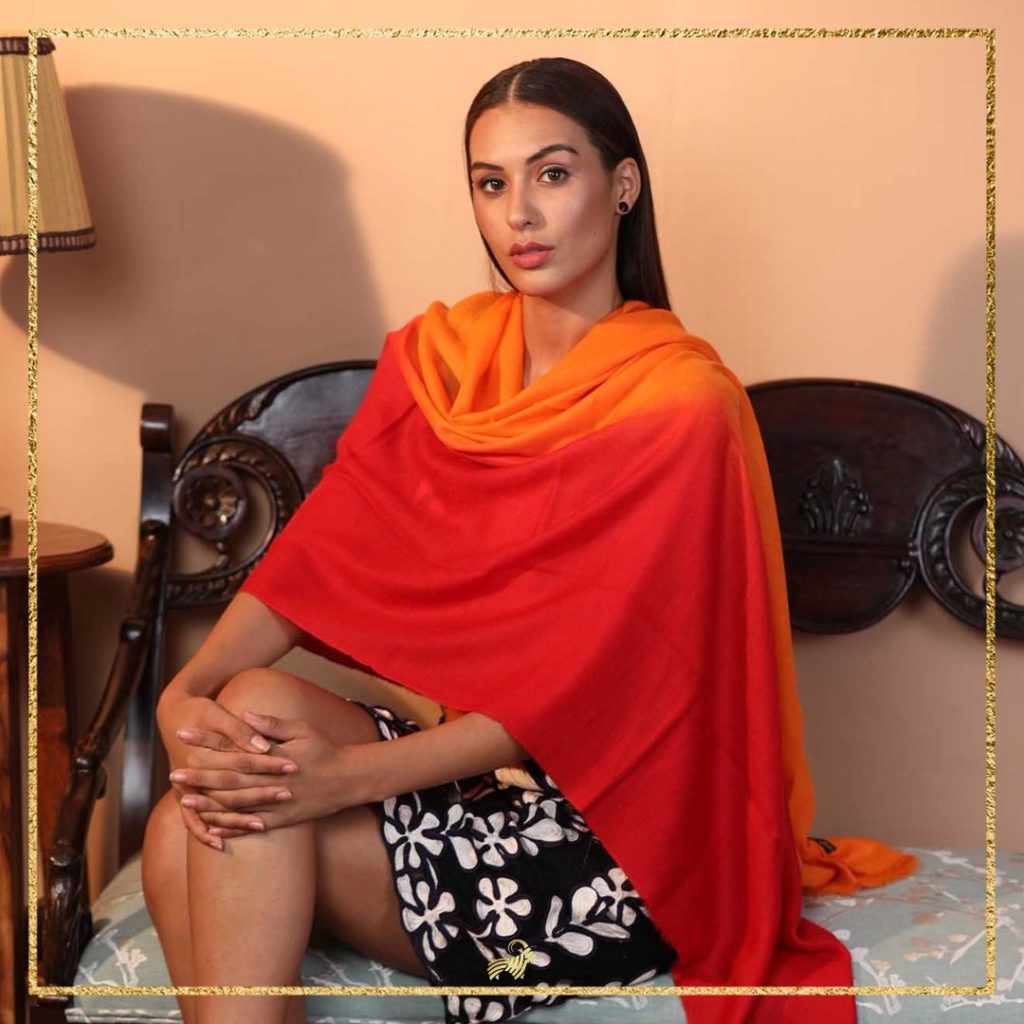
The warmth of Ladakhi Cashmere wraps that are processed in Kashmir, is unparalleled. It is believed that Cashmere wraps are 8 times warmer than sheep wool wraps. This makes them ideal for those who feel the cold much more than others. Many women claim that when they wear a Cashmere wrap, they hardly need more sweaters and jackets to layer up.
Cashmere wraps are fine and lightweight
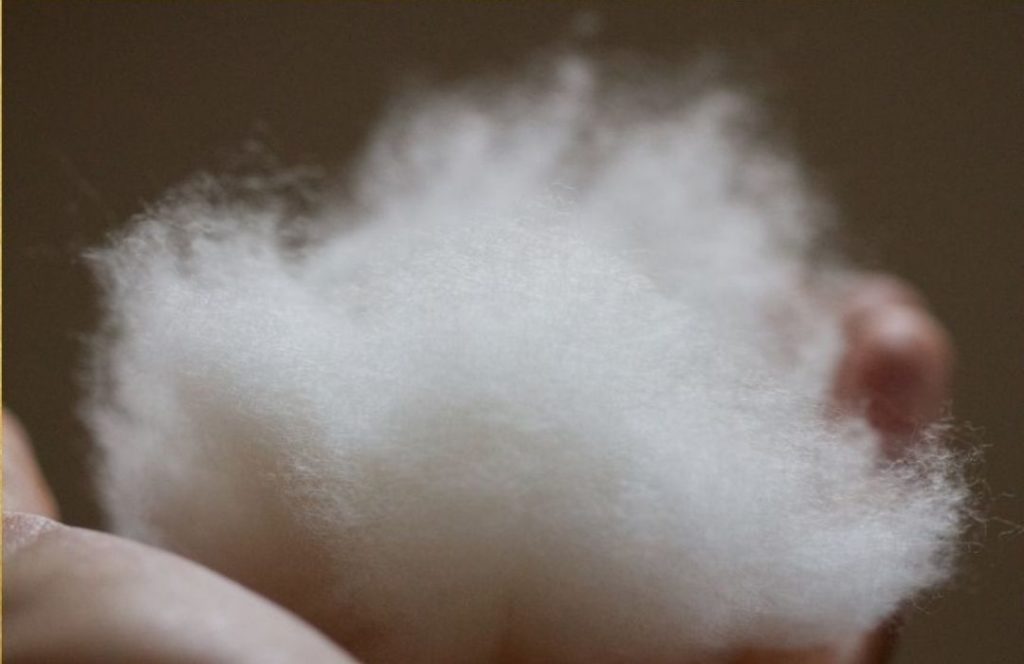
The wraps that comes from Kashmir are extraordinarily fine. One goat produces just 150 grams of Cashmere, and hence, to make one Cashmere wrap, wool from 3 or 4 goats is required. This wool is then processed - cleaned and spun by womenfolk of Kashmir. Women spin it and convert lumps of wool to fine yarn. The yarn is barely 12 to 16 microns in diameter. This is handwoven by men to prepare Cashmere wraps. Owing to such fine yarn, the entire wrap is immensely fine. A little force can even tear the base up.
The fineness of Cashmere wraps makes them lightweight. A Cashmere wrap of 100*200 cm dimensions is just 450 - 480 grams. Being lightweight, these are easy to carry, store or gift.
Also read: CASHMERE- THE FINEST PATH OF PASHMINA ART
Cashmere from Ladakh is soft, smooth and non-allergic
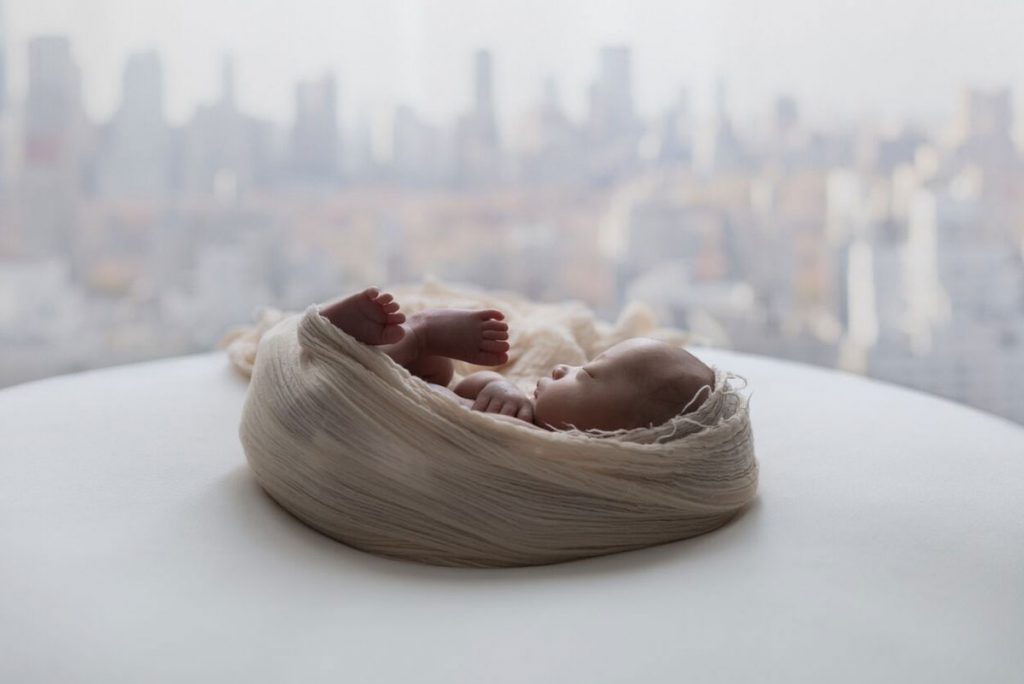
The softest Cashmere comes from Ladakh. Ladakhi goat is known for producing the softest wool that leads to making wraps of the most smooth texture. Owing to this, Cashmere wraps are considered luxury wraps.
The texture of Cashmere wraps is easygoing for the skin. A large number of women claim that their skin used to get irritated when they wore any natural fabric. And that it is just Cashmere which hasn't caused any skin irritations. The wraps are buttery smooth on their skin, and they love to wear them in winter, fall, and spring.
Also read: HOW CAN YOU TELL IF A SCARF IS CASHMERE?
Cashmere wraps are handmade by artisans
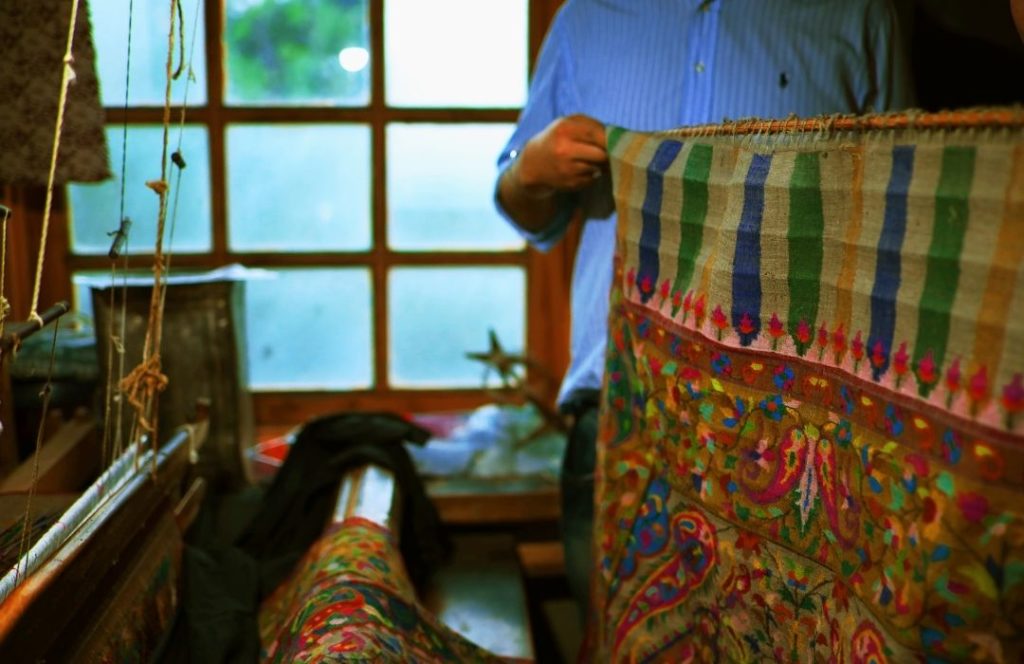
Cashmere wraps that come from Kashmir are the best ones for a very conscious reason. These are handmade entirely by the most skilled artisans of the valley. The artisans spend all their life with these luxury wraps, and this is the only source of income they have. It is the selfless, meticulous, and conscious efforts of the artisans of Kashmir that produces wraps of such a high quality. The best Cashmere wraps are made by Kashmiri artisans, who put their heart and soul into handcrafting every inch of these opulent accessories.
When buying Cashmere wraps, always make sure you invest in the pure and original ones from Kashmir. It is just the pure wraps that reap the benefits of Cashmere, for which it is and has been famous for centuries.
Also read: A PARADIGM OF CASHMERE SCARVES
The Role of Sustainability and Ethical Sourcing
Sustainability and ethical sourcing have become increasingly important in determining the quality and value of cashmere wraps. As consumers become more conscious of the environmental and social impact of their purchases, the methods used to produce cashmere play a key role in distinguishing premium wraps from mass-produced alternatives.
Sustainable Practices in Cashmere Production
Sustainably sourced cashmere begins with responsible herding practices. Cashmere goats, particularly the Changthangi breed found in regions like Ladakh, are reared in ways that minimize overgrazing and environmental degradation. Overgrazing can damage fragile ecosystems, so herders who practice rotational grazing and limit goat populations help maintain the health of the land. This sustainable approach not only protects the environment but also ensures the quality of the cashmere, as healthier goats produce better wool.
Ethical Sourcing and Fair Wages
Ethical sourcing extends to the treatment of artisans involved in the cashmere production process. Many high-quality cashmere wraps are handcrafted by skilled artisans, often in rural communities. Brands that pay fair wages and offer safe working conditions contribute to the economic wellbeing of these communities. This focus on ethical labor practices elevates the value of the product, as it supports traditional craftsmanship and ensures that workers are compensated fairly for their expertise.
Impact on Quality and Value
Sustainably and ethically sourced cashmere tends to be of higher quality. Goats raised in healthier environments and cared for with humane practices produce finer, softer wool. Additionally, wraps created by fairly compensated artisans often display greater craftsmanship and attention to detail. As a result, these cashmere wraps not only embody luxury but also reflect a commitment to ethical consumerism, making them worth the investment for conscientious buyers.
How to Identify Authentic Cashmere Wraps
Identifying authentic, high-quality cashmere wraps can be challenging, especially with the prevalence of counterfeits in the market. However, knowing what to look for can help you choose genuine pieces that reflect the true luxury of cashmere.
Check the Label
Authentic cashmere wraps will clearly indicate "100% Cashmere" on the label. Be cautious of blends or ambiguous descriptions like "Cashmere feel" or "Cashmere blend," as these often contain only a small percentage of cashmere or none at all. Always look for transparency regarding the fiber content.
Perform the Softness Test
High-quality cashmere feels incredibly soft and luxurious against the skin. It is often described as buttery or velvety. If a wrap feels rough, scratchy, or coarse, it may not be genuine cashmere or could be made from lower-grade fibers. Authentic cashmere gets softer over time with proper care, whereas counterfeit or low-quality versions tend to become rougher.
Examine the Price
While sales and discounts are common, genuine cashmere is rarely sold at bargain prices. High-quality cashmere is expensive due to the rarity of the fibers, the labor-intensive production process, and the skill involved in creating each piece. If the price seems too good to be true, the wrap is likely a fake or a lower-grade product.
Look for Fiber Length and Thickness
Genuine cashmere is made from long, fine fibers that are soft and not much resistant to pilling. To check, gently stretch a small section of the fabric. Authentic cashmere will bounce back into shape, while lower-quality fibers may remain stretched or distorted.
Test for Lightness and Warmth
Authentic cashmere is lightweight yet incredibly warm. When held against your skin, a true cashmere wrap should feel warm almost instantly, providing excellent insulation despite its thinness.
By checking these factors, you can confidently identify authentic cashmere wraps and avoid counterfeits.
Conclusion
When choosing a top-quality cashmere wrap, it’s important to consider factors like fiber quality, craftsmanship, and authenticity. Look for wraps made from long, fine fibers, as these provide superior softness, durability, and warmth. Authenticity is key, so check that the label says "100% Cashmere" and be cautious of blends or imitations. Craftsmanship also plays a significant role, with handwoven pieces offering greater detail and longevity. In addition, consider sustainability and ethical sourcing, ensuring that the cashmere comes from responsible producers who prioritize eco-friendly practices and fair wages for artisans. Finally, ensure that the style of the wrap complements your wardrobe and offers versatility, making it a worthwhile and timeless investment.